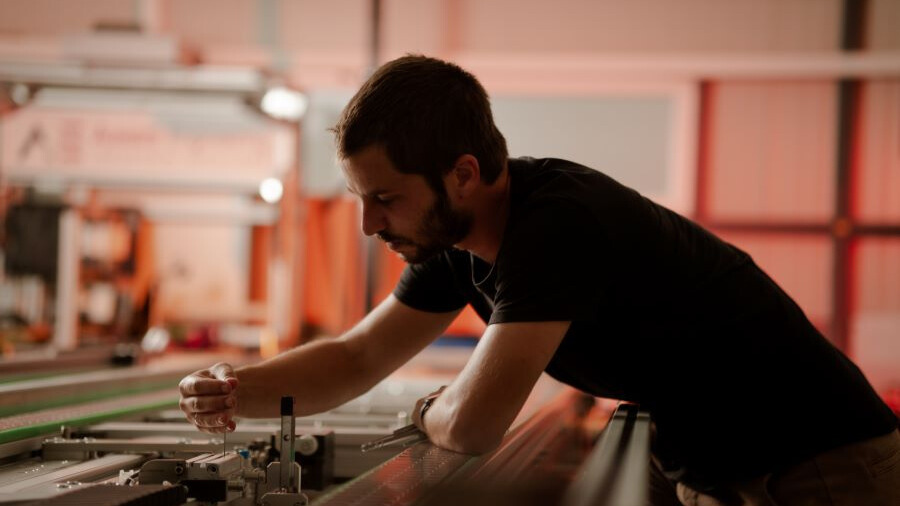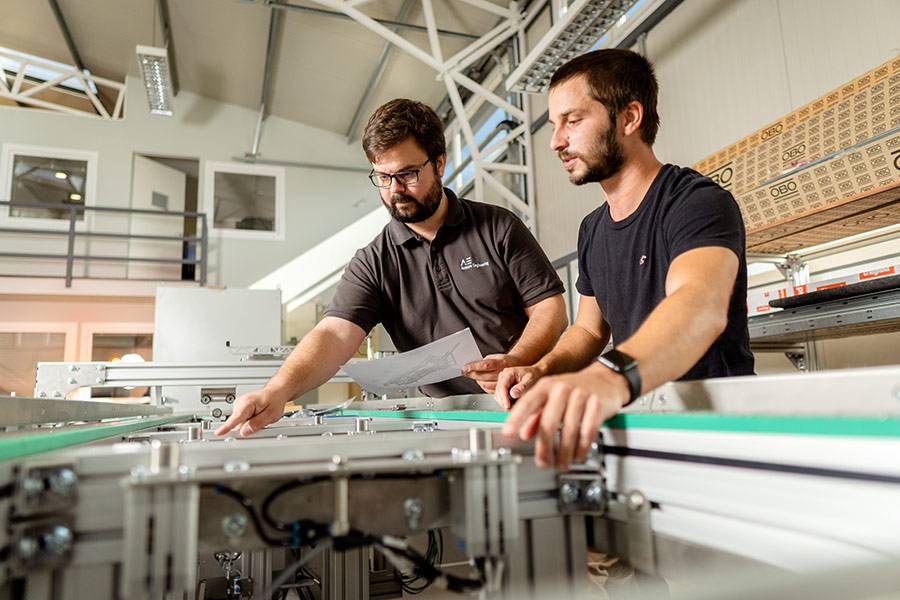This practice has a significant history, closely tied to the evolution of industrialization and technological advancements.
- Industrial Revolution (18th-19th centuries): The Industrial Revolution marked a period of significant technological advancements in manufacturing and production. During this time, machines and equipment were continuously improved and modified to increase output and efficiency. While “retrofitting” might not have been commonly used, the idea of modifying machines to enhance their capabilities was present.
- Early 20th century: As various industries matured, the need for improving and adapting existing machinery became more apparent. This led to the development of retrofitting practices aimed at updating machines with newer technologies. For example, in the automotive industry, early automobiles were often retrofitted with more powerful engines, better brakes, and improved suspension systems.
- Mid-20th century: With the rise of electronics and computing, the concept of retrofitting gained further traction. Manufacturers began integrating electronic components into existing machines to automate processes, monitor performance, and enhance precision. This era saw the beginning of retrofitting for automation and control systems.
- Late 20th century: The rapid development of computer technology and software played a pivotal role in the history of machine retrofitting. Computer numerical control (CNC) retrofitting became common in industries like manufacturing, allowing older machines to be upgraded with computerized controls for improved precision and flexibility. Robotics and automation were also integrated into existing production lines through retrofitting.
- 21st century: Machine retrofitting continued to evolve with advancements in digital technology, the Internet of Things (IoT), and Industry 4.0 concepts. Smart sensors, connectivity, and data analytics allowed for more sophisticated retrofits, enabling predictive maintenance, remote monitoring, and real-time optimization of machines.
Today, retrofitting is a standard practice across various industries, including manufacturing, energy, transportation, etc. It allows companies to extend the lifespan of their existing equipment, reduce costs compared to purchasing new machines, and adapt to changing technological demands. The practice has become increasingly sophisticated, incorporating advancements in electronics, computing, and connectivity to enhance the capabilities of existing machines and equipment.
As industries evolve, the importance of maximizing existing resources while embracing innovation becomes increasingly evident. Machine retrofitting is a strategic solution that aligns with the principles of cost-effectiveness and sustainability and fuels industries’ ability to adapt, grow, and thrive in the face of ever-changing demands. With the right expertise and a commitment to progress, retrofitting empowers businesses to bridge the gap between legacy machinery and the technologies of tomorrow.


